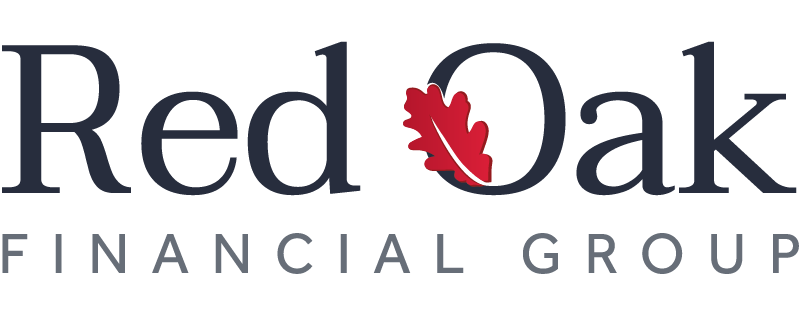Remember to consider Expense Ratios in your 401(k)s…
💚📈🔎 WEALTH TIP WEDNESDAY ✔✔✔
Remember to consider Expense Ratios in your 401(k)s:
When choosing funds to invest in in your 401(k), 403(b), or any investment account for that matter, be sure to not be snake bitten by the expense ratio. Without you even realizing it, you could potentially be paying a mutual fund manager 20% or more of yearly returns. Here's an explainer:
Funds like mutual funds and ETFs (exchange traded funds) carry an expense ratio, which is the percent of the assets under management paid to the fund manager. Each fund is created by some institution, which, like any business, has to pay salaries, fees, and other costs to operate. Without going into detail, the expense ratio of a fund is used to compensate the fund manager (like a T. Rowe Price or BlackRock). Typically, actively managed funds will have higher expense ratios than passively managed funds (or funds that simply track an index).
The expense ratio will have various components imbedded within its fee, but the key to understand is that that fee comes off the top of your investment. Some funds can have expense ratios of 1%-2% or more, so it is simply something to be aware of when selecting investments. If you take a look at all of your investment options in your 401(k), you will always see the expense ratio associated with each fund. Is it bad to select a fund with a high fee? Not necessarily. The fund manager of said fund would certainly argue that they will make up the difference with outsized performance. If you want to keep it efficient, you can choose a fund like VOO (Vanguard 500 Index Fund, ETF) for a mere .03% (virtually free) and track the S&P 500 index.
To clarify my earlier point, if you invest in a fund with an expense ratio of 1% and the fund itself returned 5% for the year, 1/5th (or 20%) of your returns for the year would have been paid to the fund manager.
There is no right or wrong when it comes to the cost of the product, but many people are not aware that a cost is associated with each fund, so, at the minimum, stay informed and know what you are choosing.
Consult a financial advisor for more best practices.
-Your friends at Red Oak Financial Group

